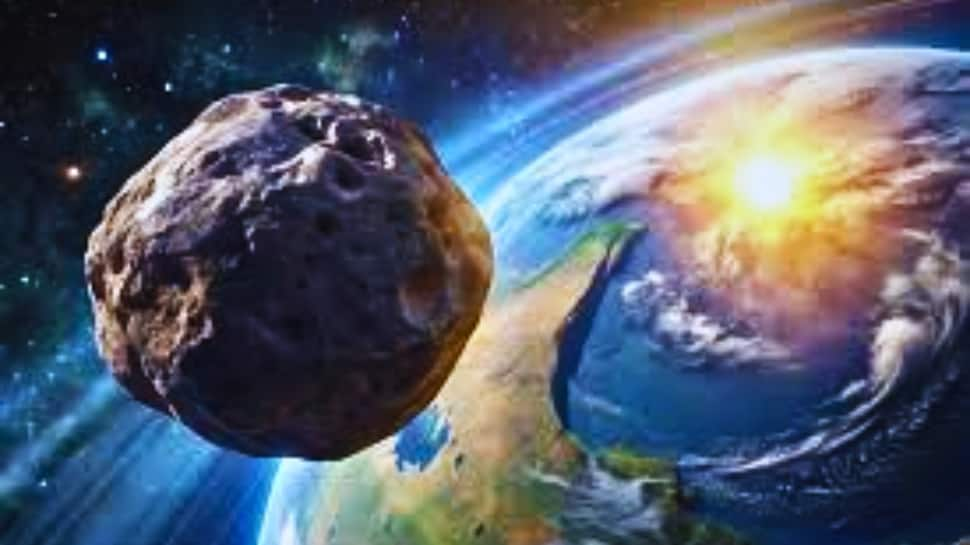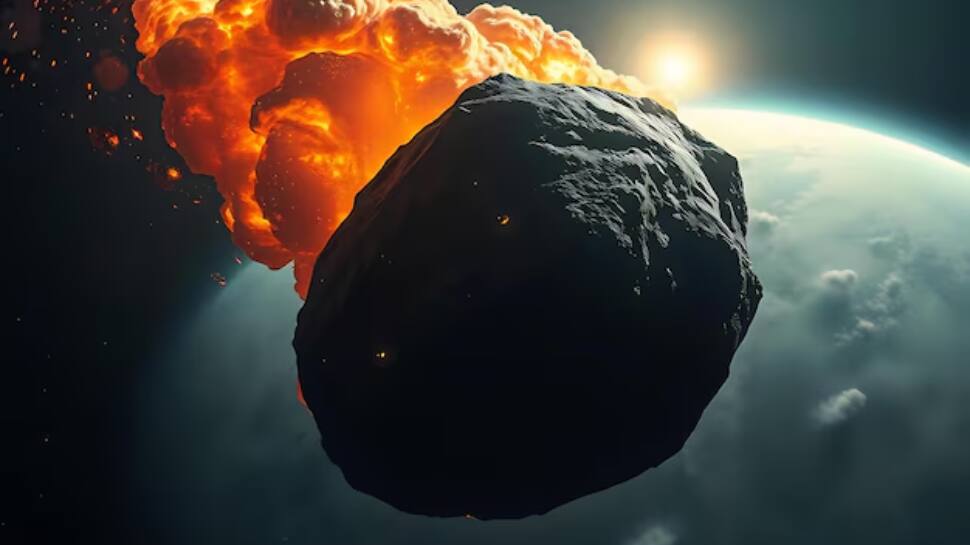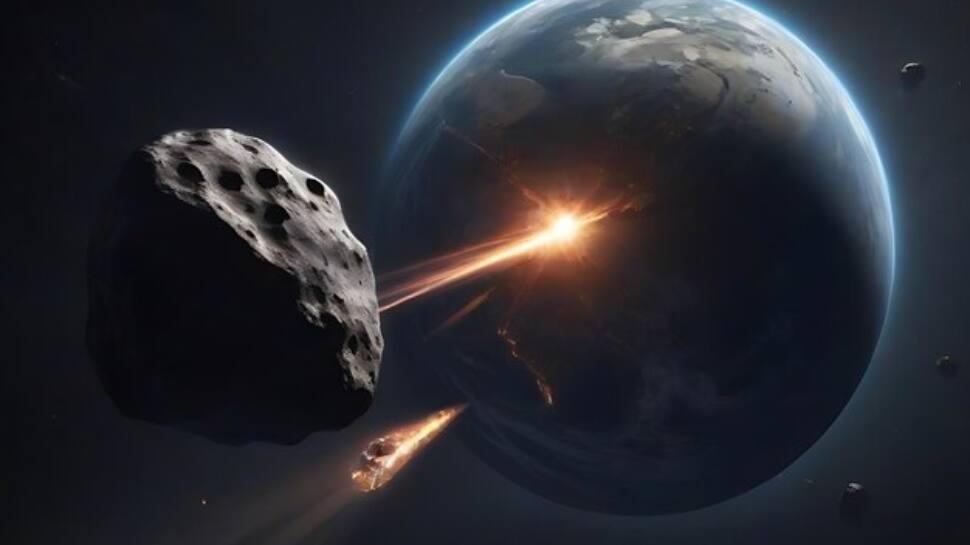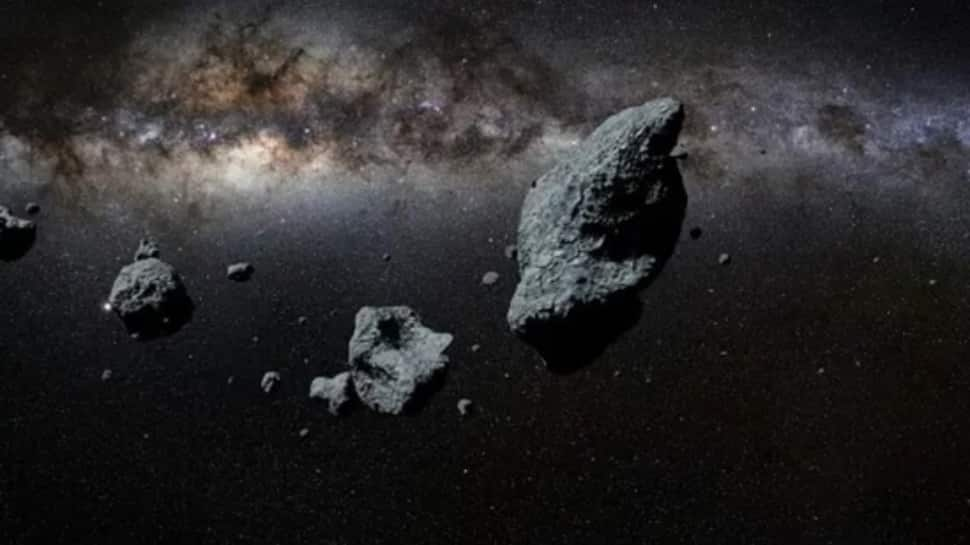5 Lightning-Fast Asteroids Approaching Earth On These Dates In September; NASA Monitoring Closely
Five asteroids are set to pass by Earth in late September 2024, with NASA's Jet Propulsion Laboratory closely monitoring their trajectories. (Representative image/Freepik)
)
This September, NASA’s Jet Propulsion Laboratory (JPL) has its eyes on five asteroids that will be zooming by Earth. While the idea of asteroids approaching our planet might spark concern, experts assure there's no cause for worry. These space rocks will pass at safe distances, providing astronomers a unique chance to study them up close. This thrilling cosmic event not only offers valuable scientific insight but also reminds us of the wonders of space. Let’s take a closer look at these five celestial travellers.

First up, on September 27, Asteroid 2024 RP15 will make its approach. This large space rock, 93 feet wide, will fly by at a distance of 4,180,000 kilometers, providing another safe but thrilling spectacle for space enthusiasts and scientists alike.

Also on September 27, Asteroid 2024 RW25, which is 82 feet wide, will pass Earth at a distance of 3,830,000 kilometers. Once again, scientists are eagerly waiting to learn more about these objects that zoom through our solar neighborhood.

Next, is Asteroid 2020 GE, which measures around 26 feet wide. This asteroid passedon September 24, 2024, at a distance of about 410,000 kilometers—farther than the Moon’s distance from Earth. While it’s a significant space object, it poses no threat and offers a fascinating opportunity for observation.

On the same day, Asteroid 2024 RO11 passed by. At 120 feet wide, this asteroid is much larger and will be traveling at a safe distance of 4,580,000 kilometers. Though it’s a hefty object, there’s no risk involved, and astronomers are excited about the chance to study it.

Finally, Asteroid 2024 RK7, measuring 100 feet wide, will fly by Earth on September 25, 2024, at a distance of 423,000 kilometers. Though this asteroid will come closer than the others, it still poses no danger and offers scientists an extraordinary view.

NASA’s JPL continuously monitors such near-Earth objects, ensuring that we’re aware of their movements. These asteroids, while safe, help deepen our understanding of the solar system’s dynamics, aiding in future preparedness for any potentially hazardous objects.
Trending Photos








